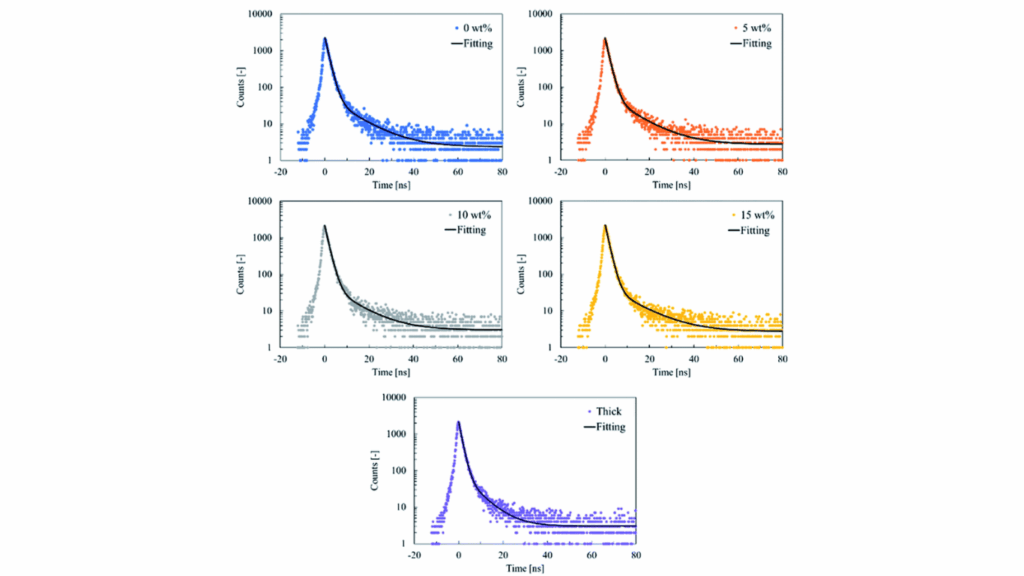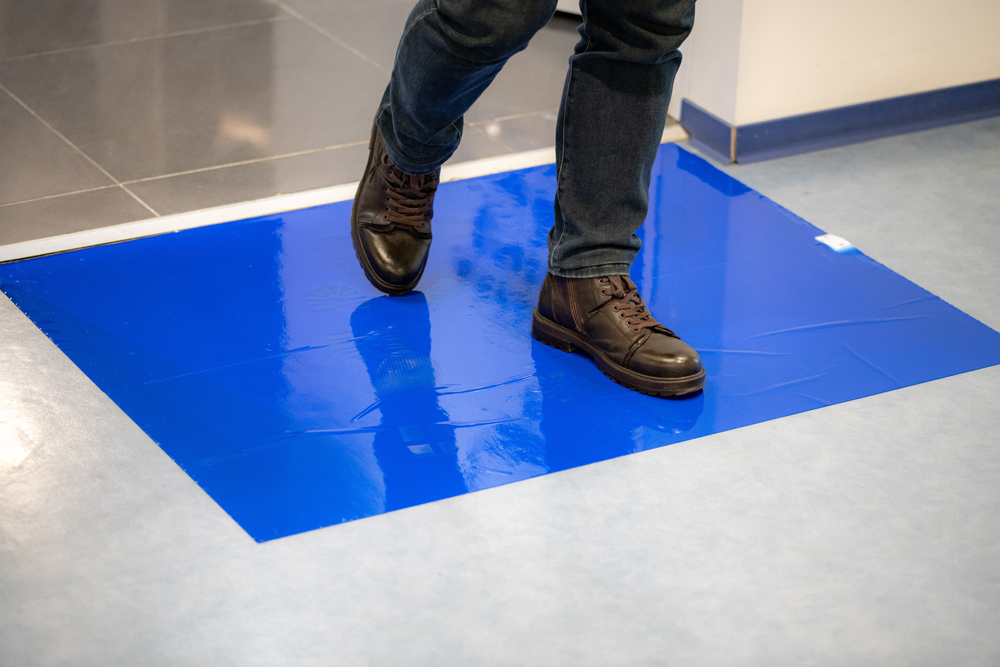The Role of Decay Time in Scintillators
The role of decay time in scintillators is fundamental in achieving accurate imaging results and high temporal precision. At Analytical Components, our expertise in cleanroom‑coated phosphor screens ensures decay time is matched perfectly to your imaging requirements.

Understanding Scintillator Decay Time
Scintillators convert ionising radiation into visible light through a process known as scintillation. The duration of this light emission, known as decay time, influences how quickly a detector can register successive events, how clear each image is, and the overall timing resolution.
A short decay time ensures that once one event ends, the detector resets quickly. This precision is especially vital in applications that rely on rapid detection of successive signals, such as time‑of‑flight positron emission tomography (PET) or high‑speed tomography. Scientific literature emphasises the importance of short decay times in reducing device dead time and improving counting rates, which enhances image contrast and sensitivity in medical and industrial setups.
Decay Time Versus Imaging Requirements
When optimising imaging systems, choosing the right decay time is about balance. Longer decay times can yield brighter images but risk overlapping signals. Faster decay times help ensure clarity but may reduce brightness.
Recent analysis reveals that prolonged scintillation decay leads to blurred contrast in high‑speed CT scans. In PET imaging for instance, decay times below 300 nanoseconds are preferred for precise coincidence timing between detectors.
The Impact on Time Resolution
The role of decay time in scintillators extends to defining a system’s temporal resolution. Research shows the theoretical limit for scintillator decay time hovers around one nanosecond, constrained by intrinsic material properties.
Advancements such as nanophotonic enhancements and Purcell effect innovations have been proposed to accelerate the intrinsic emission rate by locally amplifying the electric field, thereby achieving faster decay times without sacrificing light yield.
Furthermore, efforts to refine light transport within scintillators using photonic crystals aim to improve timing precision and light collection efficiency.
Real-World Benefits of Optimal Decay Time
In practical terms, a carefully selected decay time brings multiple advantages:
- Reduced image lag and ghosting in fast imaging workflows
- Improved coincidence timing and signal clarity in PET and CT systems
- Lower noise and enhanced contrast in high frame-rate scenarios
- Higher throughput and reduced downtime in scanning equipment
All these gains underscore why the role of decay time in scintillators is so essential in modern imaging technology.
How Analytical Components Supports Your Decay Time Needs
At Analytical Components, we don’t just supply phosphor screens; we fine-tune them. Every coating is applied in our ISO 9001 certified Class 10 000 cleanroom to guarantee uniformity and consistency in decay performance.
We also provide a range of substrate options, including glass, fibre-optic, silicon, and metal, to optimise photon transport and signal clarity for your specific setup. Whether your system demands rapid decay or stronger light output, we can customise screens tailored to your operational priorities.
Designing Scintillator Screens with Purpose
Recognising the role of decay time in scintillators helps engineers and researchers tailor their imaging systems more accurately. Analytical Components can assist in selecting the right phosphor type and delivering prototypes or full batches designed for your precise application, be it high throughput imaging, sensitive exposures, or time-critical detection.

Get In Touch
The role of decay time in scintillators cannot be overstated. It directly affects imaging speed, clarity, and accuracy across a wide spectrum of applications. Fast decay improves timing resolution and contrast while reducing error from signal overlap. At Analytical Components, we bring deep expertise and precise manufacturing to ensure your screens deliver the optimal decay time your system requires.
Need expert advice? Get in touch today via our contact form, email us at info@analyticalcomponents.uk, or call us at +44 (0) 1424 850004 to discuss your project requirements. Whether you require phosphor screens for microscopy or X-ray scintillators for imaging applications, we can help.
